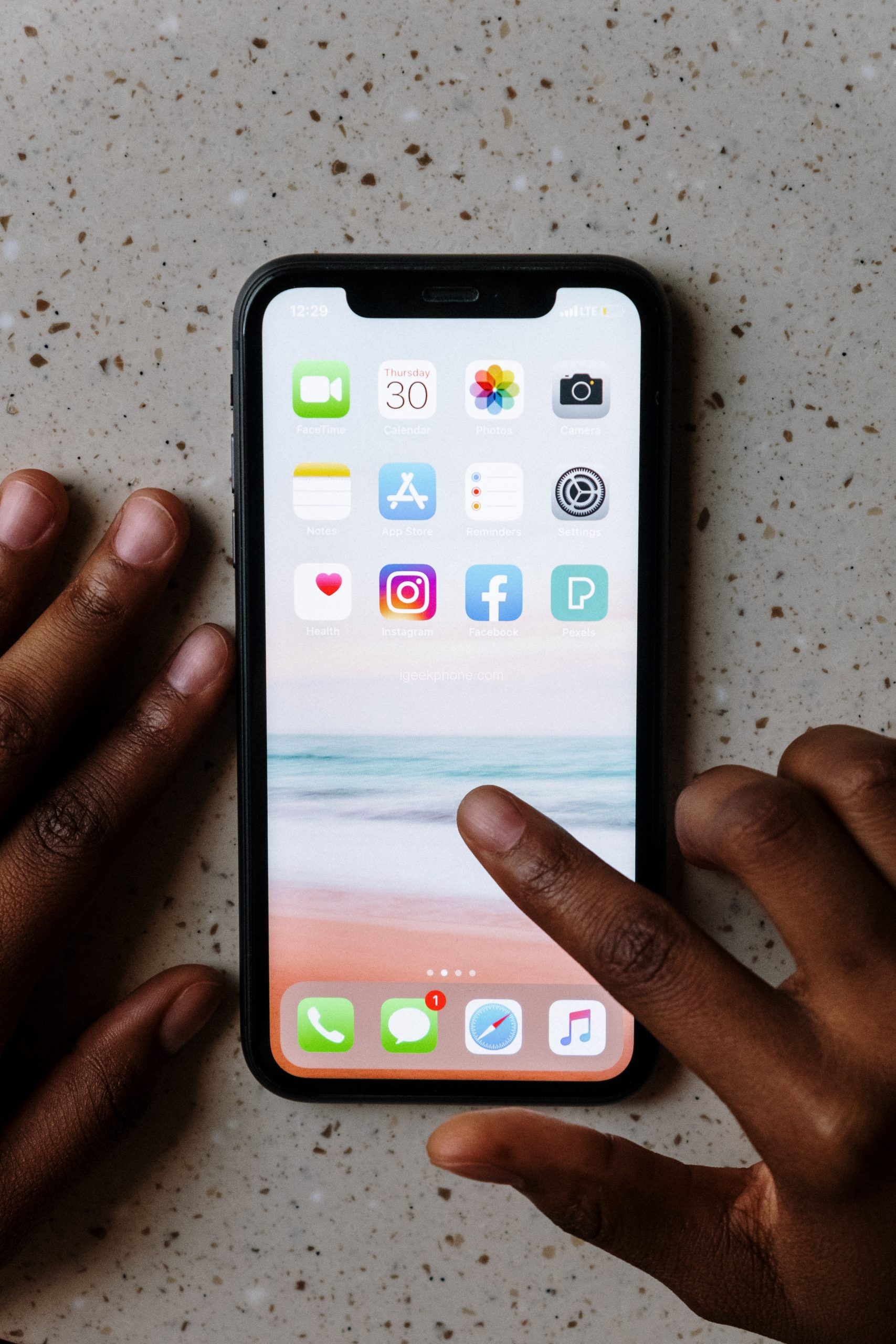As our dependence on mobile devices has grown, so too has the demand for apps that can make our lives easier and more efficient. However, traditional apps can be difficult and expensive to develop, and they often don’t work well on all types of devices.
This is where progressive web apps (PWAs) come in. But what are progressive web apps? PWAs are a new type of app that combines the best of both worlds: the ease of development of a traditional web app with the functionality and performance of a native app. In other words, PWAs are fast, reliable, and engaging apps that can be used on any type of device.
How easy is it to create a PWA?
The difficulty of creating a PWA will vary depending on the specific features and functionality that you want your PWA to have. However, in general, it is relatively easy to create a basic PWA. You can use various tools and frameworks to help you with the development process, and there are many resources available online that can guide you through the process.
How progressive web apps improve the mobile user experience
Progressive web apps, or PWAs, are web applications that are designed to look and feel like native mobile apps. They’re “progressive” because they’re built using modern web technologies, which allows them to take advantage of the latest web features. And they’re “web apps” because they’re hosted on a website and can be accessed through a web browser.
First, PWAs are more engaging than traditional web apps because they offer features like push notifications and home screen shortcuts. This makes it easy for users to re-engage with your app, even if they haven’t used it in a while.
Second, PWAs are more reliable than native apps. They can be used offline, and they’ll always load quickly because they’re served from a server instead of being downloaded from an app store.
Why do experts believe that PWAs are the future of mobile technology?
There are many reasons why experts believe that PWAs are the future of mobile technology. For one, PWAs are much more efficient than traditional apps, since they don’t need to be downloaded and installed on a device. They also take up less storage space and use less data.
Another reason is that PWAs are more accessible than traditional apps. They can be used on any type of device, including smartphones, tablets, and laptops. And since they’re web-based, they can be accessed from anywhere in the world.
PWAs are more user-friendly than traditional apps. They’re designed to be simple and easy to use, with a focus on delivering a great user experience.










